In an effort to do their part to help mitigate climate change with clean energy and lower their electric bills, more and more Americans are opting to add solar panels to their roofs. The number of installations, both residential and commercial, of solar panels doubled from 1 million to 2 million between 2015 and 2019, according to the Solar Energy Industries Association.
A Pew Research Center study found that 6% of U.S. homeowners now have solar power, and the number of homeowners who say they are seriously considering adding solar panels to their home grew from 40% in 2016 to 46% in 2019. The study reports interest has particularly increased among residents who live in the South Atlantic states, ranging from Delaware to Florida.
The U.S. Energy Information Administration predicts that small-scale solar, such as home rooftop panels, will increase solar generating power by 44% between 2019 and 2020. About 43% of this small-scale solar generation came from California in 2019. In 2020, the state will require solar panels on most new houses, except ones being built in shady areas. Depending on the amount of sunshine that beams down on a house, a homeowner can expect to slash electric bills and in some cases, sell energy back to the power company.
But be aware that some houses just aren’t right for solar. Houses on lots with a number of trees that block the sun probably can’t generate enough solar energy to be worthwhile. If a roof is older and will need to be replaced in a few years, that can factor into a decision to go solar as well. Some homeowners association’s bylaws and historic preservation laws do not allow solar panels, either.
Lower Costs Amidst a Solar Boom
The cost of installing solar panels for all kinds of buildings plummeted by about 70% between 2010 and 2019. At the beginning of the decade, it cost an average of $40,000 to install a residential solar system. In 2019, that cost fell to $18,000, according to the Solar Energy Industries Association.
Several factors account for this change. An increase in what’s called “conversion efficiency,” or the amount of power generated from a given amount of sunlight, means that fewer panels are needed to generate the same amount of electricity. Because many more solar panels are now being manufactured, the economy at scale has driven down the price.
Financing a Switch to Solar
Home loans are one way to pay for the cost of adding solar panels to your roof, and home equity loans and lines of credit are secured through banks and mortgage lenders. The amount of money you can borrow depends on the equity you have in your house, and the rates are generally based on the prime lending rate.
Several government loan programs are also available — specifically, the FHM Energy Efficient Mortgage program promotes the switch to solar. An assessor will be assigned to determine if an investment in solar will be cost-effective by calculating if the cost to install the panels will be less than the money saved on electricity over the 20- to 25-year lifespan of solar panels.
Meanwhile, a program called Residential Property Assessed Clean Energy Programs (PACE), available in California, Florida, and Missouri, allows homeowners to finance renewable energy through a loan from the city or municipal government. The consumer pays the loan back through a higher property tax assessment.
Solar panels can also be leased in a rental agreement, where homeowners benefit from lower electricity costs but pay a monthly cost. Although usually no money needs to be put down to install the panels, homeowners must commit to paying the leasing fees for 20 to 25 years.
Disappearing Tax Credits
Federal tax credits have also fueled the solar boom, specifically the Solar Incentive Tax Credit, which was enacted in 2006. In 2020, it allows both residential and commercial property owners to claim a credit of 26% of solar installation costs on their federal tax bill. That’s down from 30% in 2019. In 2021, it will shrink further to 22%. And in 2022, it will no longer be available for residential solar costs, but commercial enterprises will still get a 10% credit.
Homeowners can get the credit if they buy a newly built home with solar during the year they move into the house. Homeowners who lease panels are not eligible for credit.
Getting Creative
It’s not just the average 2,500-square-foot house that can benefit from solar. Solar panels can be added to an array of dwellings, like swanky treehouses that are becoming a trend thanks in part to the Animal Planet show Treehouse Masters. Rather than running cumbersome extension cords from the house, solar panels can generate electricity and solar-powered chargers can power up lighting and other needs.
Similarly, solar-powered tiny homes can help reduce your carbon footprint even more. Since the house is small, it will need many fewer solar panels than a traditional home and cost much less. In fact, with small solar installation jobs, some homeowners are doing their own installation.
As solar energy gains popularity among homeowners, prices will continue to fall, more jobs will be created, and power plants will pump fewer carbon emissions into the air. As such, we can expect to see more and more consumers taking part in this earth-friendly trend, therefore growing the alternative energy landscape.
 Alternative Energy HQ solar power for homes, wind energy, and bio fuel issues
Alternative Energy HQ solar power for homes, wind energy, and bio fuel issues
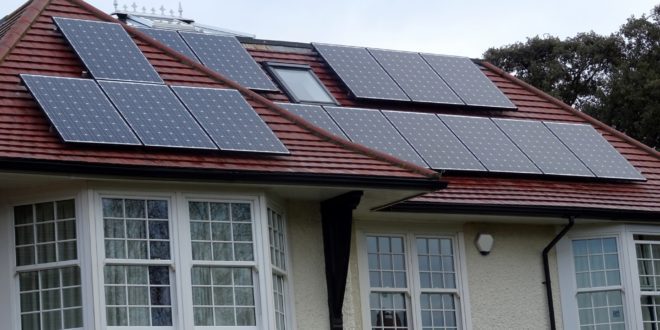


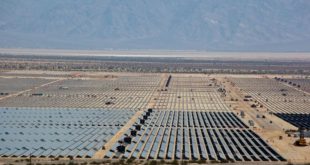
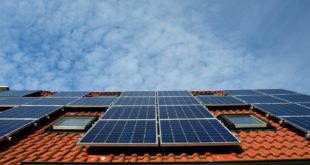

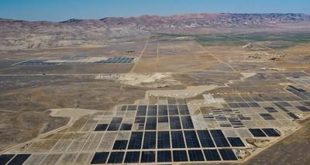
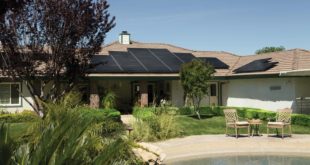
We Provide the best solar services in Perth with include solar battery installation, solar inverter, residential solar panels, and commercial solar panels at low cost which are also very reliable and environment friendly.
https://solarpanelcostprice.com.au/